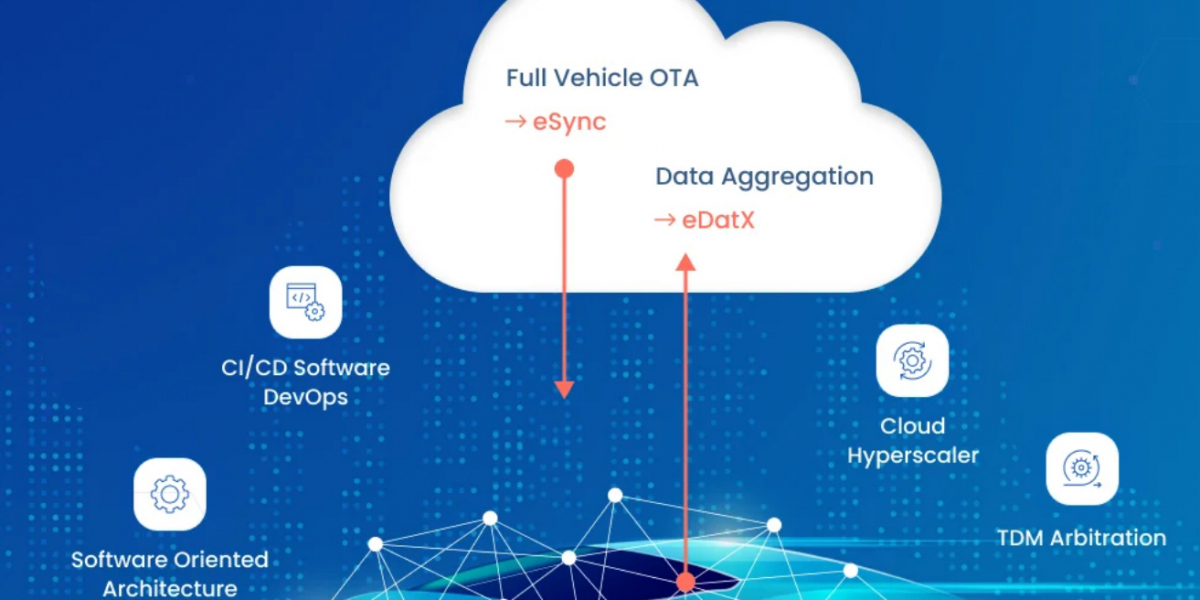Inadequate tire pressure, whether too much or too little, can result in a multitude of issues like reduced traction, uneven wearing, increased fuel usage, and faster tire wear. A solution to this problem lies in the tire pressure monitoring system . So, how does this system work to dilute the potential damage caused by low or unstable tire pressure? Let's understand.
What is Tire Pressure Monitoring System
A Tire Pressure Monitoring System, also known as TPMS, is software installed inside vehicles to check the air pressure of the tires. The system uses various types of sensors to measure the air pressure inside the tires of a vehicle. The system continuously monitors your vehicle's tire pressure and alerts you with an indicator light on your dashboard if the pressure is too low or too high.
Also, it provides real-time information about the tire pressure on the dashboard of the vehicle. High or low tire pressure might make the vehicle unstable and unsafe, leading to an accident. Therefore, the TPMS warns the driver if any tire doesn't have the right amount of pressure, so they can fix it before it causes problems.
With TPMS, fleet managers can keep an eye on tire pressure without manually checking every vehicle-saving time.
How Does Tire Management System Work?
A tire pressure monitoring system is an important safety feature for all vehicles. So, how do they work? Here's the answer.
- 1 . Direct TPMS: This system uses a sensor mounted on the wheel to measure air pressure in each tire. When air pressure drops 25% below the manufacturer's recommended level, the sensor transmits information to the vehicle's computer system and triggers the dashboard indicator light.
- Indirect TPMS: This system uses the vehicle's Anti-lock Braking System's (ABS) wheel speed sensors to calculate the air pressure in each tire. If a tire's pressure is reduced, it will roll at a different wheel speed than the other tires. Once the information is detected by the vehicle, in no time, it triggers the dashboard indicator light on its own.
Direct Vs Indirect Tire Management System
A Direct TPMS, which is usually more precise, gives a warning when the tire pressure goes down by 25% or more. Indirect TPMS, on the other hand, uses the wheel speed sensors of the ABS to understand the air pressure in the tire. If a tire is underinflated, it will roll at a different wheel speed than the other tires. This difference is detected by the ABS, which transmits the information to the vehicle's computer system.
Whenever there's a significant drop in the tire pressure, the TPMS activates a warning light on the dashboard to alert the driver. This gives the driver a chance to pull over and inspect the tires, fill them to the appropriate level, or seek professional help if needed.
Consequently, the TPMS helps extend the lifespan of the tire, optimizes the vehicle's fuel consumption, and ensures the safety of the vehicle on the road by maintaining the right pressure level in the tires. It also aids in balancing tire wear and tear and supports optimal vehicle handling.
Thus, the TPMS provides an alert to the driver before the tire condition becomes dangerous, allowing time for action to be taken. Besides reducing the potential for tire failure, maintaining proper tire pressure can also improve your vehicle's handling, reduce braking distance, extend tire life, and increase fuel efficiency.
Overview of How Tire Pressure Monitoring Systems Work in Fleet Management
Tire Pressure Monitoring System is designed to monitor the air pressure in pneumatic tires on various types of vehicles.
Here's a step-by-step walkthrough of how a TPMS works in fleet management.
- Installation of TPMS : The first step in using TPMS in fleet management is installing the sensors in each tire of the vehicle. These small electronic devices can be attached by qualified automotive technicians, either on the exterior or interior of the tire, depending on the system chosen.
- Monitoring Tire Pressure : Once installed, the TPMS sensors constantly monitor the air pressure in each tire. The sensors continuously monitor the tire pressure and temperature. If a tire's pressure drops below or increases above the suggested limit, the sensor sends an alert to the receiver.
- Alerting System : If the tire pressure drops below or exceeds the recommended level, the TPMS triggers an immediate warning. In a fleet vehicle, this warning is usually displayed on the vehicle's dashboard or a central monitoring device. For instance, the driver might see a flashing light or hear a buzz to warn them of a potential problem.
- Data Transmission: Not only does the TPMS give immediate alerts to the drivers, but it also automatically sends this data back to the GPS Fleet Management Solutions . This real-time data transfer allows fleet managers to take appropriate action.
- Analysis and Maintenance : Using the data shared by the Tire Pressure Monitoring System cost , the fleet manager may then schedule repairs or maintenance for the affected vehicle. This preventive approach helps prevent accidents and ensures optimal fuel efficiency and longevity of the tires.
- Monitoring Fleet Health: Over time, TPMS provides detailed insights into the overall health of the fleet. By analyzing patterns and recurring issues, the fleet manager can identify problem areas and take steps to address them.
Last Remarks!
With proper tire pressure, vehicles can also have better fuel efficiency, further reducing the operation costs of the entire fleet.
That's why, with the help of TPMS by TrackoBit, fleet managers can ensure all their vehicles are running optimally, drivers are safe, and no additional costs are incurred due to tire-related issues.
Therefore, the Tire Pressure Monitoring System is not just a small detail on your vehicle dashboard, but a key player in ensuring vehicle safety and efficient operations for entire fleets.
source : What is Tyre Pressure Monitoring System & How Does TPMS Work?








